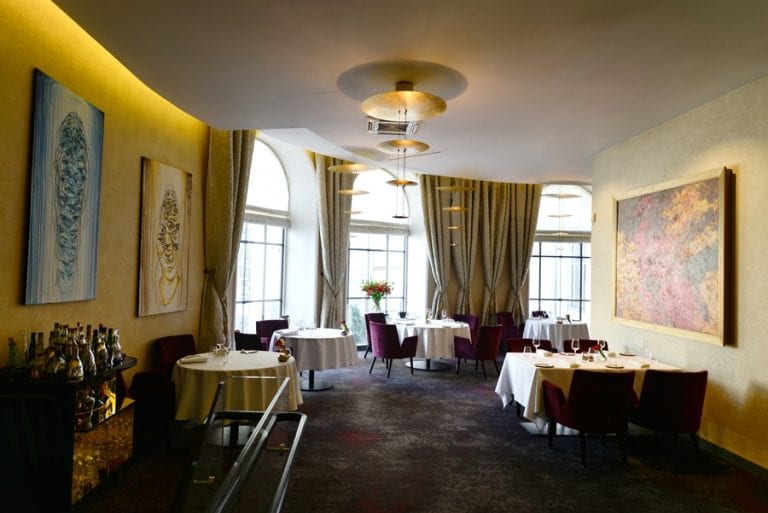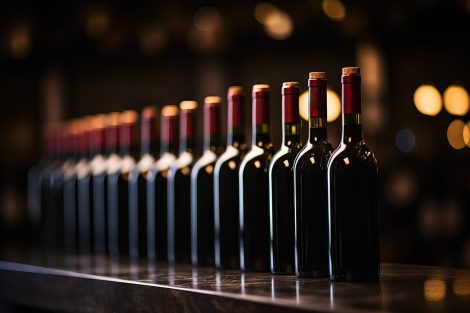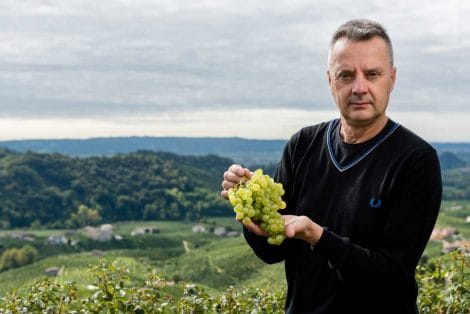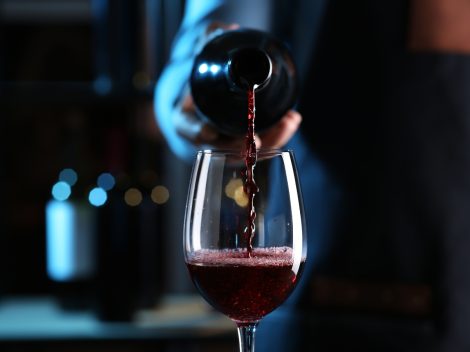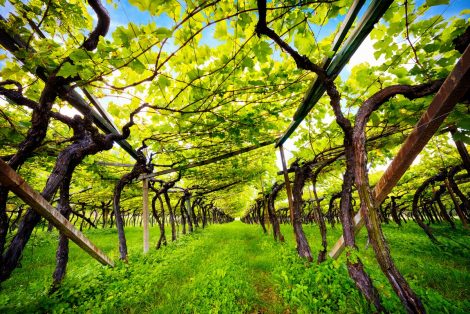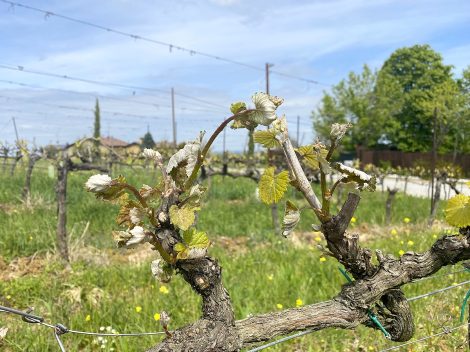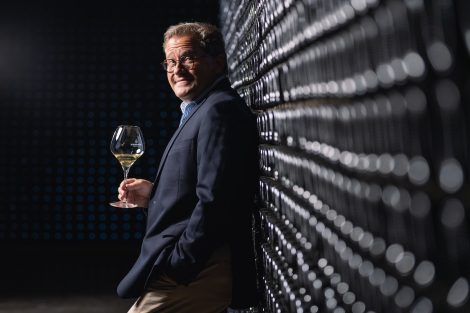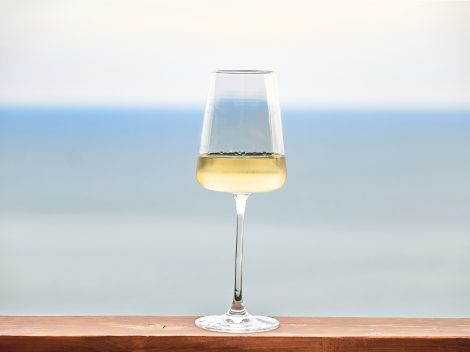Senses, a Michelin-star Polish restaurant
“Polish cuisine is generous and honest,” states without any hesitation Andrea Camastra. He is the chef and culinary maverick at the famed Warsaw restaurant Senses, which just last week saw its Michelin star confirmed. “And to taste real Polish food you have to leave the cities and travel into the countryside, taste the dishes cooked at home.” A bold proclamation which reveals clear ideas about what Polish cuisine is and what his role as a foreigner is in drawing to it the attention it deserves, yet rarely gets. That is why Camastra has decided to make Poland home (besides personal reasons, of course), even applying for Polish citizenship. The chef mentions żurek and barszcz– both white and red - among his favorite soups, and passingly alludes to karczmy, popular roadside eateries that offer updated versions of mythical and mostly invented countryside, old-timey food.
Food science
The engagement with Polish cuisine is as relevant to understanding Camastra’s work as is his interest and passion towards the applications of science in cooking. As already illustrated in a previous article on Gambero Rosso, Camastra embraces Hervé This’s research on molecular gastronomy and “note by note” cooking, which focuses of extracting flavors from ingredients and using them in creative and provocative ways. In this, he shares techniques, but above all the attitude and curiosity with chefs such as Ferran Adriá and Pierre Gagnaire, another collaborator of This’s. Camastra is, however, careful to put modernist cuisine for its own sake in the past. Modernity is his method, but not his purpose.
Doing history in a lab
The chef’s undeniable culinary virtuosity is surprisingly often focused on a sort of cultural commentary and historical discourse. He highlights and communicates what he sees as essential characteristics of Polish cuisine, without forgetting his Italian origins both in dishes and ingredients. In many ways, Camastra’s use of technology and skills is meant to dig deep into the traditions and the practices of his adoptive motherland -- to shed what is superfluous or tedious, and to extract what really counts. His interpretations of rosół (the broth that, for many Poles, is synonymous with Sunday family meals) and gulasz (the beef stew common throughout Central Europe) manage to deliver flavors in ways that play with memories and emotions. He proudly remembers how once he succeeded in cooking the perfect bigos (a cabbage, sauerkraut, and meat dish sometimes referred to as “hunter’s stew”), stewed it for multiple days, as is custom, only to centrifuge it and extract its essence to use in other preparations. So much for the heaviness of Polish cooking.
Polish cuisine according to Camastra
Camastra boldly traverses all registers of Polish cuisine, from the contemporary to the country’s historical past and from the noble to the peasant. He does so with ease and a sense of whimsy. Maybe because he comes from somewhere else and is less embroiled in the local identity struggles. Maybe because his decidedly avant-garde disposition does not care about the trappings of aspirational petit-bourgeois respectability and cultural capital in terms of what is worthy of attention and what is not.
Poland's historical recipes
Professor Jarosław Dumanowski’s volumes on XVII and XVIII century Polish cookbooks get used together with high-tech instruments in Camastra’s food lab. His curiosity for the past of Poland is clear in his recipes – for instance, the troć wędrowna (sea trout) with almonds, green peppers and saffron, which the chefs considers an homage to the role that Poland played as crucial cultural hinge between East and West, and as a transit point for spices and other exotic riches. This interest places him among the growing number of history-enthusiastic chefs. Here Camastra joins many Polish foodies in drawing on a selective reading of Polish history tinged with imperial nostalgia (“Poland from the Baltic to the Black Sea”) and with the desire to elevate the Polish cuisine to a high status “alongside that of the French.”
Playing with the lowbrow
Camastra seems to use his outsider status to balance the self-seriousness of such attempts with a playful engagement with the popular and the contemporary. His Michelin-star restaurant opens a meal with chleb ze smalcem(bread and lard) just like the popular mainstream consumers would want on their rare days of eating out (except, you know, molecular). More mainstays of the popular class table find their way to his menu. There is mizeria, a very common dish made of cucumbers, sour cream, and dill. And there is oscypek, a traditional cheese from the Tatra mountains that is found, often in bastardized and delocalized forms, in street fairs, grilled, and with a side of cranberry jam. The chef renders both into spheres, one a capsule exploding with familiar flavors nostalgically transporting one to grandma’s, another a heavy donut-like mass of winter comfort food. Camastra’s use of the flavor essence of mass-produced cheeses (not the actual dairy products) is daring, particularly in his “cheese board,” where he fully displays his intrigue with science in the kitchen. Positioned as an appetizer before more complex entrees, which Camastra says are “actually food” (recognizably fish and beef) as opposed to an introductory play of flavors, the cheese board cites mainstream supermarket classics. These include the blue cheese Lazur, along with the middle-brow recipes for rendering it sophisticated by adding pears and walnuts, and the orange cheese Bursztyn. Camastra’s braver move comes probably with the desserts, among which he includes Monte (“mountain”), which ostensibly refers to the conical shape of the dish, but really conjures up the sugary industrial concoction of the same name from the German diary mogul Zott. Targeted at kids, it is widely found in Polish fridges, but not many self-respecting foodies would avow to even know yet alone to consume it.
Success and controversy
Such games may be the reason why his cooking is decidedly controversial among Warsaw cognoscenti. When we told them we would dine at Senses, many local food enthusiasts and professionals expressed doubts or even disdain. Bloggers seem to enjoy critiquing the chef’s choices and style. Camastra is fully aware of it and responds by saying that at times local chefs do not have the skills to cook simple things, and try to cover up by opting for complexity (nevertheless, he does employ two full-time scientists to support him in his research). At a time when discussions emerge about the essence of Polish culinary identity and the tension between tradition and innovation, Camastra goes for culinary choices that, although apparently iconoclastic, reveal profound respect and deep love for Polish food.
Yet, for all their search of the elementary particles of true Polishness, his dishes come off progressive and cosmopolitan. Next week, he says, he will deal with more paperwork around his Polish citizenship. He will also premiere the ultimate Polish pierogi, which will somehow contain all other pierogi.
by Fabio Parasecoli and Mateusz Halawa
*Mateusz Halawa is an ethnographer at the Max Planck Partner Group for the Sociology of Economic Life at the Institute of Philosophy and Sociology of the Polish Academy of Sciences.
